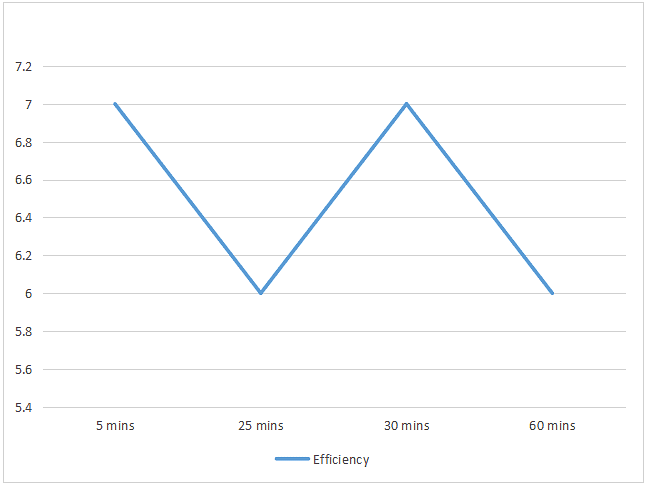You failed. A grade of less than 75 (or 3.00) in every subject. So, you decide to study every night, 4 hours a day, 5 days a week. You would start at 8 in the evening then end your study at midnight. Here comes the day of examination. You were thrilled. You studied for months just for this moment. But, while answering the questions, you were stupefied. Nothing comes to mind. The day comes to an end, and you know you failed once again. What could be the reason?
Most students do not actually study for that long, especially in our country. When we decide to study, it would take only 5 to 10 minutes before our mind wanders. Our mind is easily distracted by our gadgets and appliances. We can’t help but glance at our phones when we hear notifications popping up.
This is why before I tell the 5-minute rule, it is important to keep in mind that your environment greatly affects how you think and study. It is essential that we must turn off our gadgets (our phones, laptops, etc.) when we study. And I advise you to do so.
Moreover, do not study at your bed, its purpose is for sleeping. Do not study at the dining/kitchen table, it is for eating. And, do not study in the living room, it is for entertainment and socialization.
Studying in these areas is not suggested since there are a lot of variables that may distract you while studying. So, I recommend that you should first make a study area of your own. Personally I have my study area in a room where I could be alone and far from distractions. It is best if you are facing the wall, and have your back at your bed in case you are studying in your bedroom.
What is the 5-minute rule?
You must had have already your own guesses. It is not something complicated, rather it is something we like doing but we do not know how to utilize it correctly.
When we study for long hours, usually we are only able to take in information for the first few minutes. The same could be said with lectures. According to an experiment done by a school on how long students can maintain their focus when studying, the average time was around 25 minutes.
(Consider 7 as the highest efficiency and 0 as the lowest efficiency.)

If we look at the chart, it clearly shows how our focus quickly subsides after 25 minutes. That is the time when you feel like you’ve read this and read it again, but nothing’s coming to mind. As we keep doing this when we study, we would be finished even before we begin.
So what should we do? We take a break. Listen to your favorite music. Call your friend. Stand up from your desk and do something fun. It will refresh your mind. Not less than five minutes but not more than 20 minutes.
Now, instead of the graph going down to zero, it would look a lot like this. It would now stay highly efficient.

By doing the process of studying and taking breaks in between will make learning a lot more effective and efficient. In addition, your brain will not suffer from exhaustion. Remember that “things that are reinforced, we tend to do more of. Things that are punished or ignored, we tend to do less of.”
Additional Tip:
Practice is the repetition of an action. If you keep shooting a ball in a basket, you will eventually learn how to shoot a ball in a basket and be good at it. But what makes a practice effective and more efficient is by taking breaks in between, ideally between 20-30 minutes. That is what separates professional athletes to average ones.
SIGN UP TO DEPED TAMBAYAN NEWSLETTER
Join our Facebook Community and meet with fellow educators. Share and download teaching materials. Get important updates and read inspiring stories.


